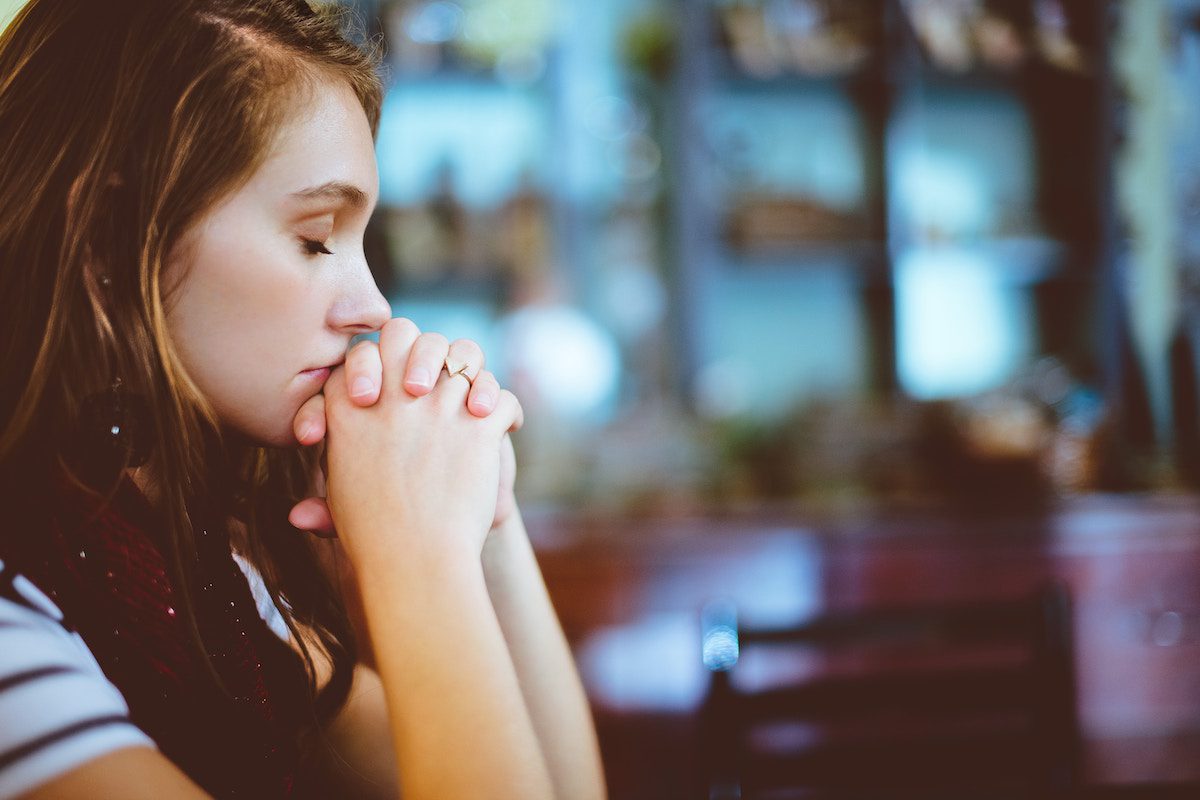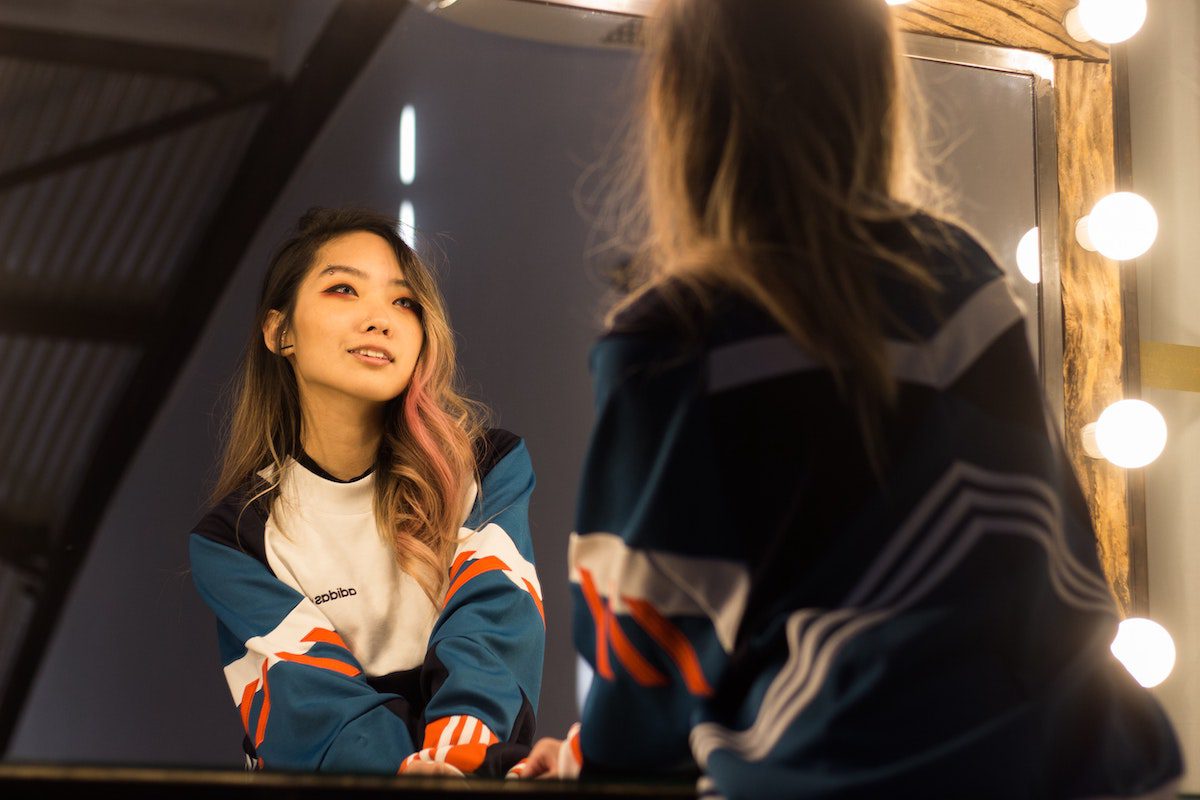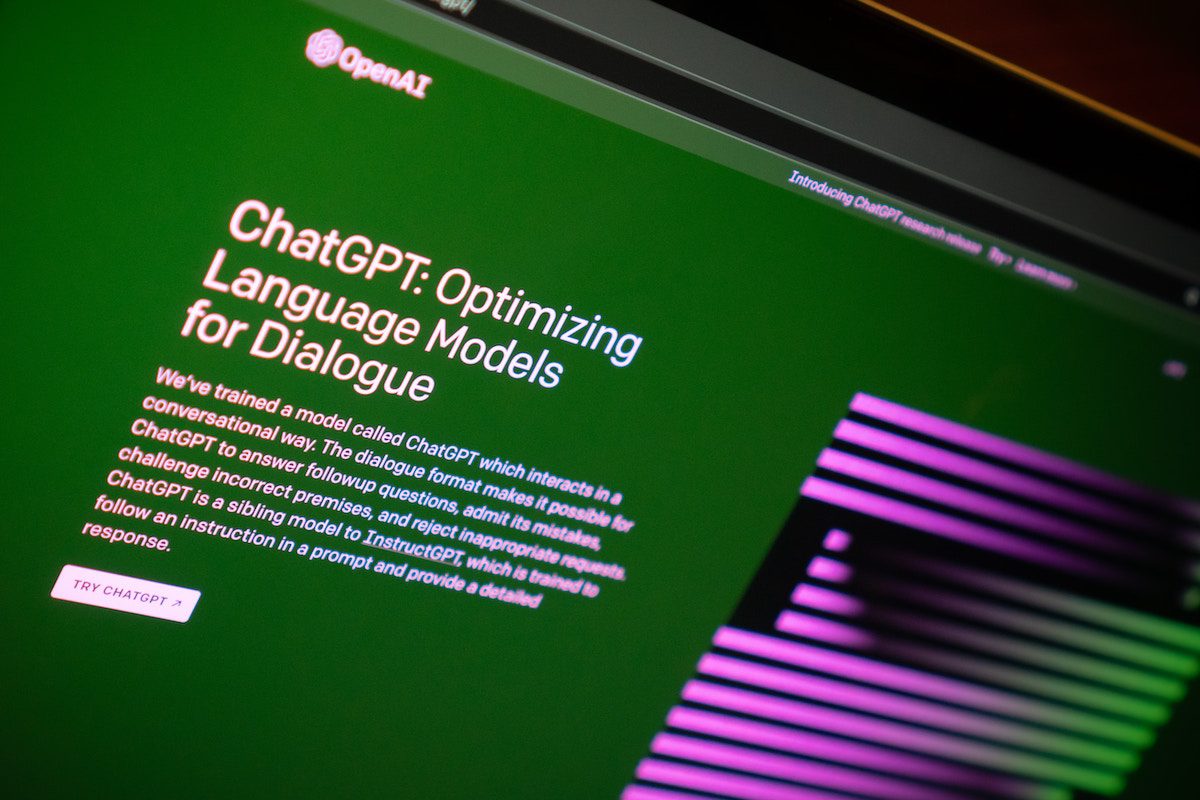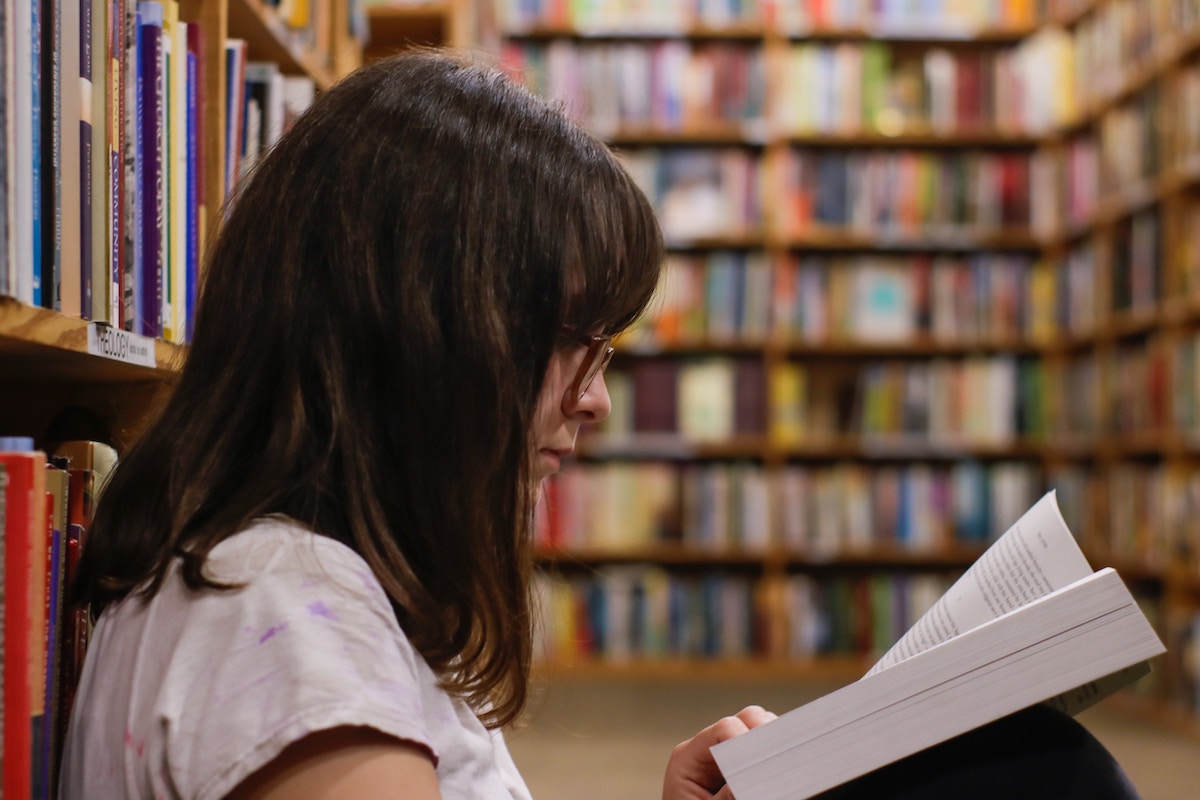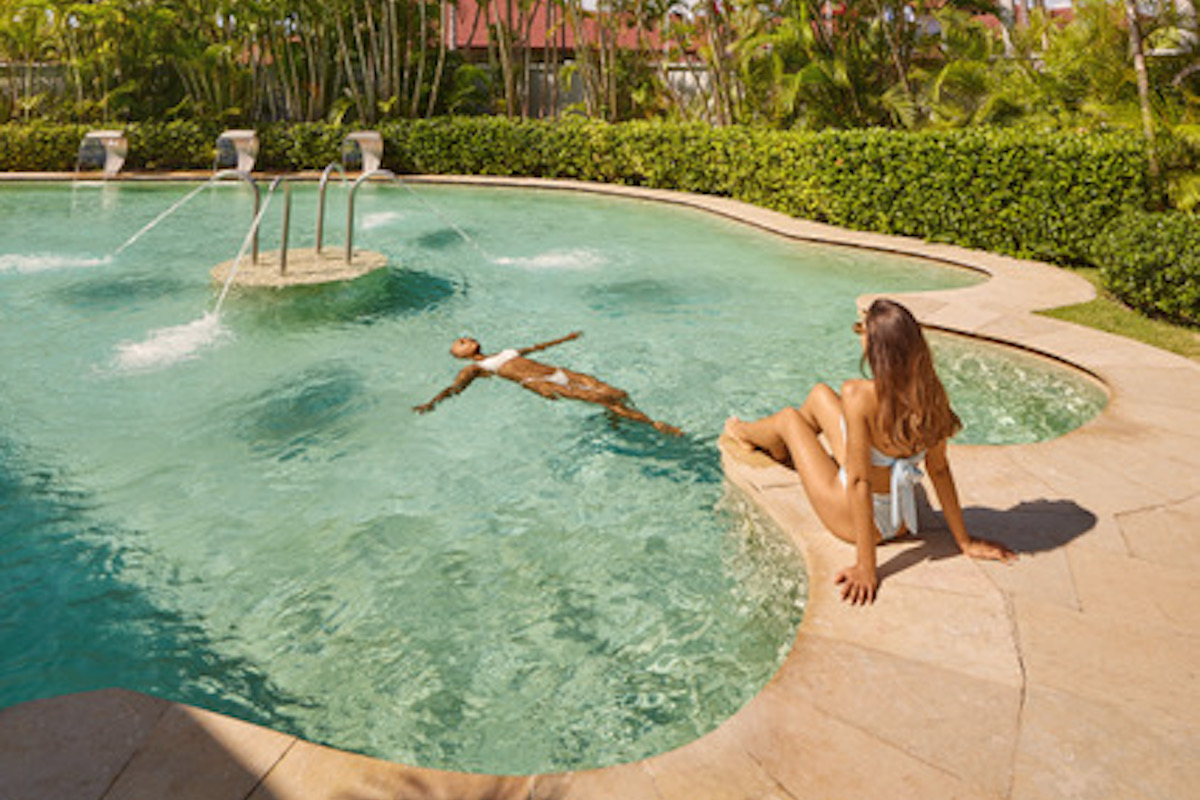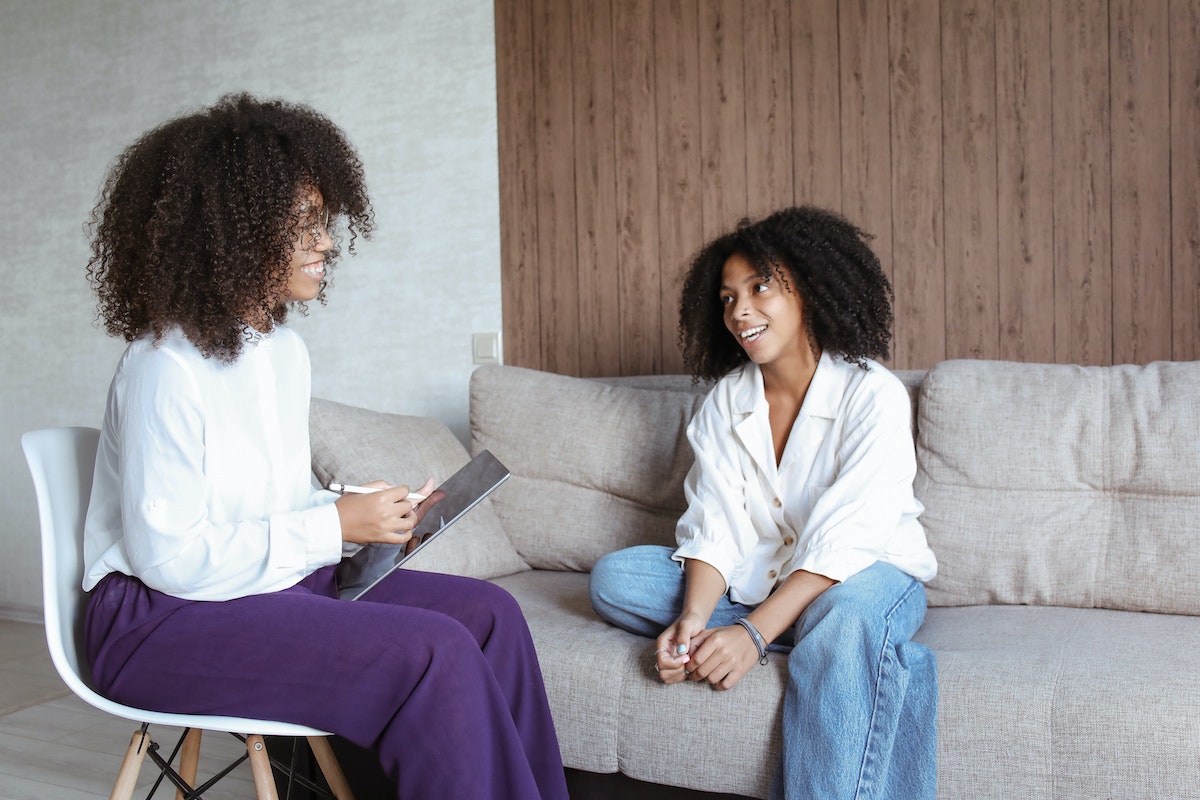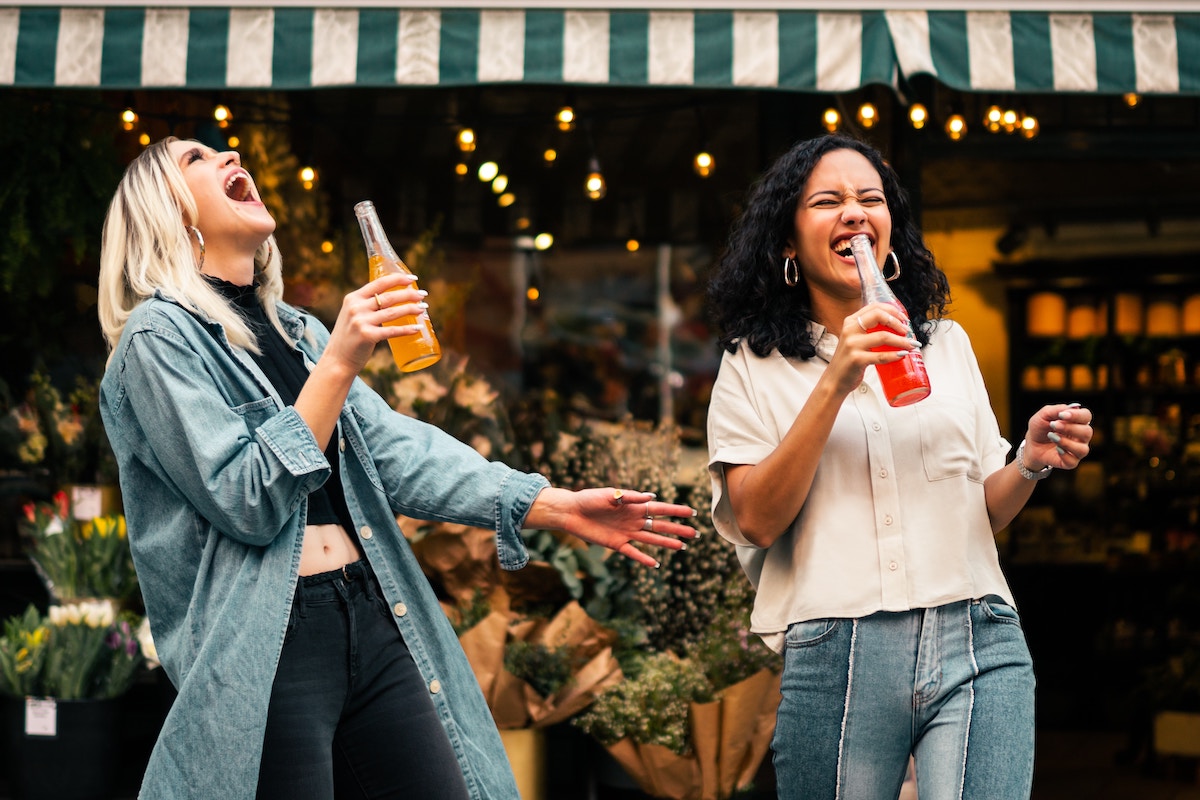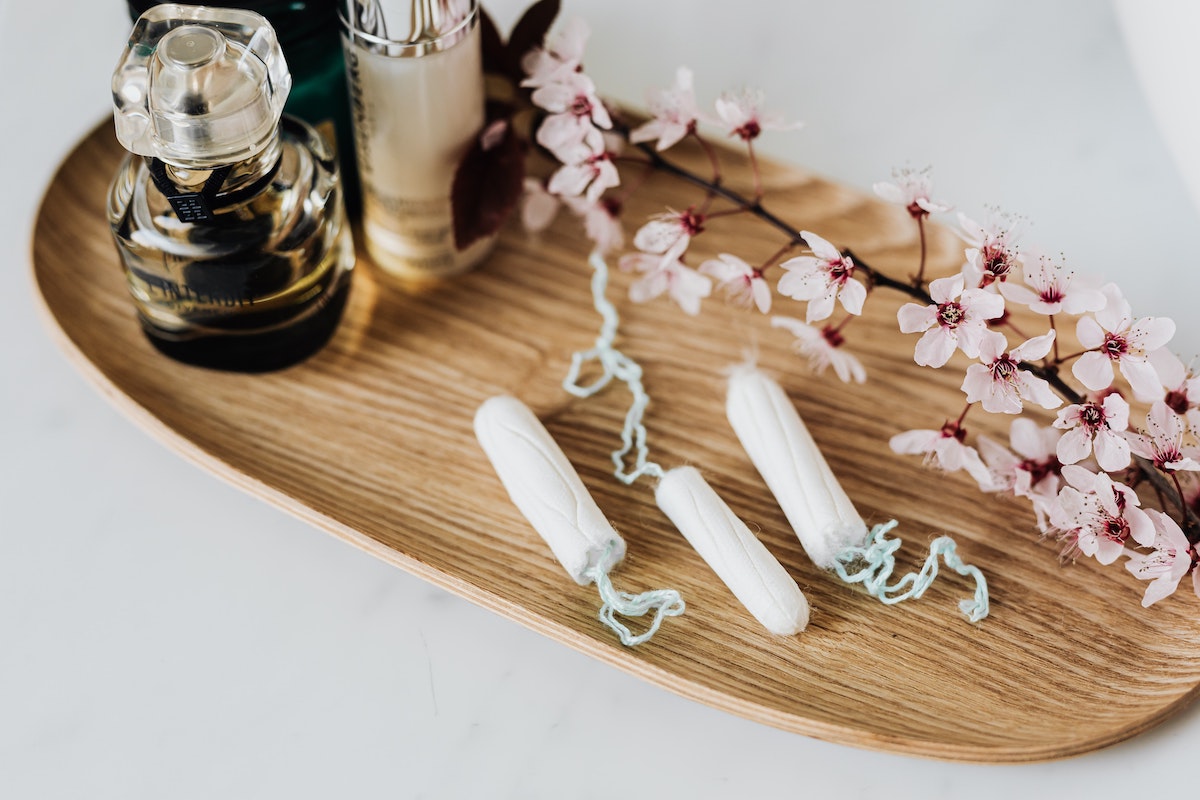What Really Makes You a Neighbor?
It’s a beautiful day in this neighborhood
A beautiful day for a neighbor
Would you be mine?
Could you be mine?It’s a neighborly day in this beautywood
A neighborly day for a beauty
Would you be mine?
Could you be mine?I have always wanted to have a neighbor just like you
I’ve always wanted to live in a neighborhood with youSo let’s make the most of this beautiful day
Since we’re together, we might as well say
Would you be mine?
Could you be mine?
Won’t you be my neighbor?Won’t you please
Won’t you please
Please won’t you be my neighbor?
Mister Rogers entered the no-nonsense residence in his neighborhood each day singing these lyrics as he meticulously took off his cardigan and untied his shoes. I grew up as an inhabitant of Fred Rogers’ neighborhood, those lyrics never leaving my mind.
In the context of 2020, it’s hard to read these lyrics and not feel the same tug of love that Mister Rogers asked children to follow instead of the instinct of fear.
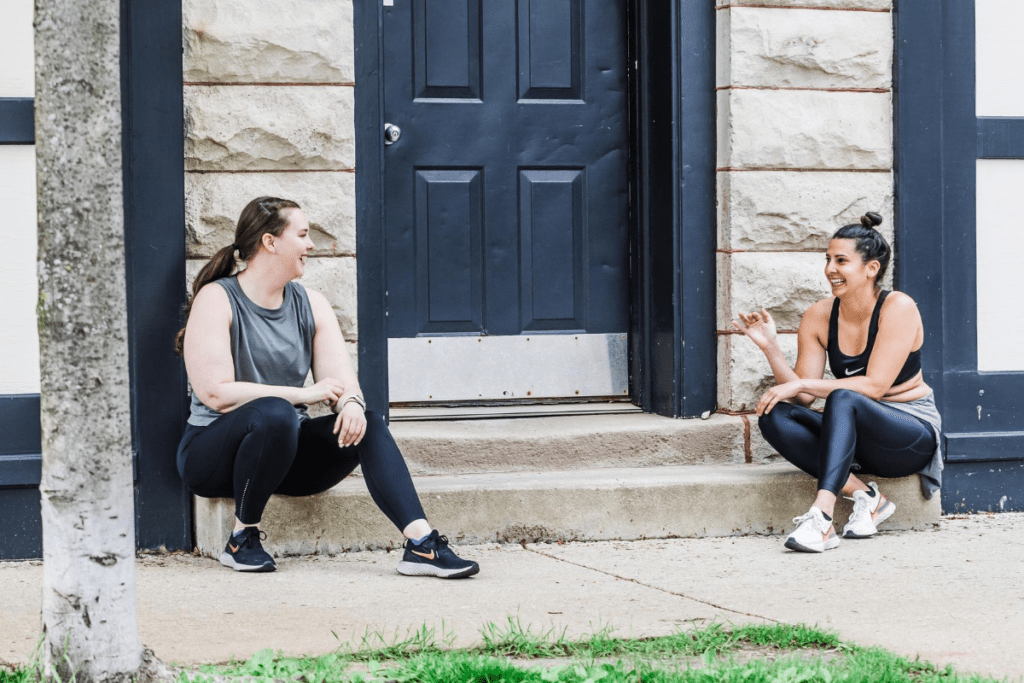
Why am I quoting a children’s show? I’ve been thinking a lot lately about what makes a neighbor – is it your physical proximity to one another or is it something else? Something bigger?
At the beginning of shelter-in-place I remember every walk I took feeling sort of dangerous. The city was awash with an eerie sort of stillness – trains and buses running almost never, with streets devoid of humans. When I did see someone – we avoided each other and with that avoidance, we often wouldn’t meet each other’s gaze.
No one knew how to be neighbors to strangers because strangers were all – suddenly – in this “unknown” category of danger. And as time went on, the noise and life returned to the streets, but there was still a sense of “me” vs. “unknown” in our public spaces.
These days, it’s easier to shout at the faceless others out there. Listen carefully enough and you’ll hear people in public spaces trying to enforce the Me on the Others. “Why AREN’T you wearing a mask?” “Why ARE you wearing a mask?” “Don’t run/ride your bike/walk by me on the sidewalk.” “You didn’t even look up to give me space!”
“There isn’t anyone you couldn’t love once you’ve heard their story,” is a quote Fred Rogers loved from Mary Lou Kownacki – a nun in Rogers’ hometown of Pittsburgh.
And this – I believe – is the heart of being a neighbor. It’s getting past the rough outsides of people – the broken bits that we all have and seeking to understand the stories that unite us. It’s how “Me” vs. “Others” can become “We.” “We” strives to see how we are similar, rather than different. “We” hurts if one person within it hurts.
Friday, I caught up with two of the powerhouses helping to run Healthy Hood in Chicago’s Pilsen neighborhood. And I was struck by how much the organization has spread its tentacles into the lives of its neighbors. When I first wrote about Healthy Hood three years ago, its founder Tanya Lozano had a big vision to decrease the life expectancy gap between the affluent and Black and brown people in Chicago. It started with affordable fitness classes and a community garden, but it grew into so much more – a network of neighbors who look out for each other’s needs, ranging from jobs to groceries to parenting support.
And during the COVID-19 pandemic, which hit that neighborhood particularly hard, Healthy Hood activated the network of neighbors to keep each other healthy, safe, fed and employed.
How can we be better neighbors?
“I went into television because I hated it so,” Rogers once said in an interview with CNN about the 912 episodes he produced of Mr. Rogers Neighborhood.
The spirit of working to lovingly fix the things that are broken was what Mister Rogers brought to the neighborhood. Mister Rogers talked to children about tough topics like bullying, racism, the Vietnam war, divorce and sibling rivalry. He kept the show to a slow and methodical pace because he wanted to teach and didn’t like trend of distractertainment.
As I’m reviewing the notes from my latest Healthy Hood interview, I’m struck by the spirit of fixing the systems that don’t work for the community that they serve. Healthy Hood started by building a community through fitness classes and slowly worked to recreate the systems of wellbeing that left that community out. They built relationships and created pathways for neighbors to help each other.
It really is the best model of neighbors taking care of neighbors I’ve ever seen.
Your challenge this week: Try to learn one person’s story. I know it’s harder these days behind masks, and distance, but trust me, people can still hear you from six feet away. Pop into a small business on your block and ask them how they’re doing – tell your friends about it. Say hello to a human on the street. Finally learn your next-door neighbor’s name and remind them that you really are there if they ever need anything (make a list, that helps – offer eggs, masks, children’s books). It’s pretty hard to do anything but love once you really dig in.

